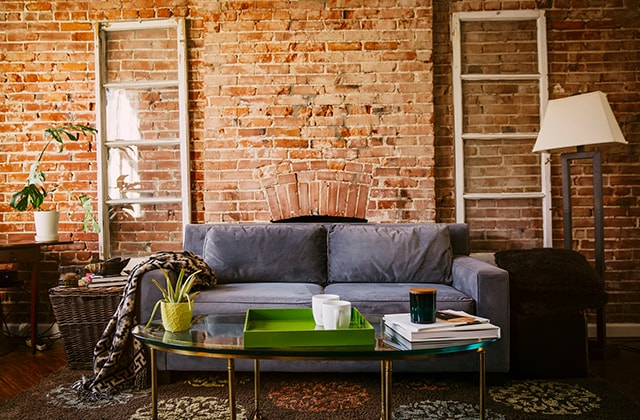Living room uses
When considering the layout, you must first decide what activities will take place in the space.
- Socializing
- Television or home theatre
- Family activities
- Board games
- Video games
- Reading
- Etc.
Here are a few tips for an optimal layout:
- Place furniture in a way that allows face-to-face conversations. If the living room is large, arrange pockets of furniture for a smaller, more intimate conversation space.
- Do not push all of the furniture up against the walls in a large living room. The arrangement will not only look better aesthetically, but it will also provide a more functional layout.
- Consider swivel chairs as they are more convenient. These make it easy to carry on a conversation one minute, and have perfect television viewing the next.
- In a family room or multifunctional living room, consider the optimal viewing distance for watching television and layout the furniture accordingly.
Screen size | Minimum viewing distance | Maximum viewing distance |
40" | 4' | 6.3' |
42" | 4.2' | 6.7' |
46" | 4.6' | 7.3' |
47" | 4.7' | 7.4' |
50" | 5' | 7.9' |
55" | 5.5' | 8.7' |
65" | 6.5' | 10.3' |
Screen size | Minimum viewing distance | Maximum viewing distance |
40" | 4' | 6.3' |
42" | 4.2' | 6.7' |
46" | 4.6' | 7.3' |
47" | 4.7' | 7.4' |
50" | 5' | 7.9' |
55" | 5.5' | 8.7' |
65" | 6.5' | 10.3' |

















